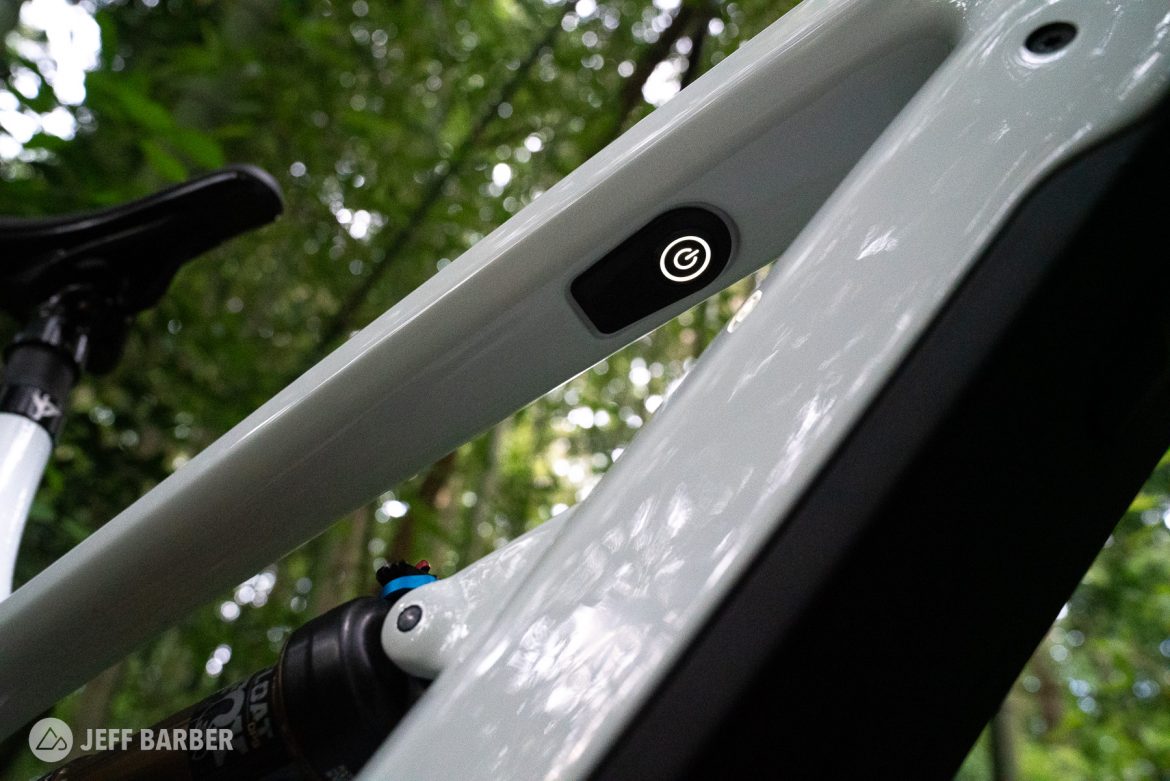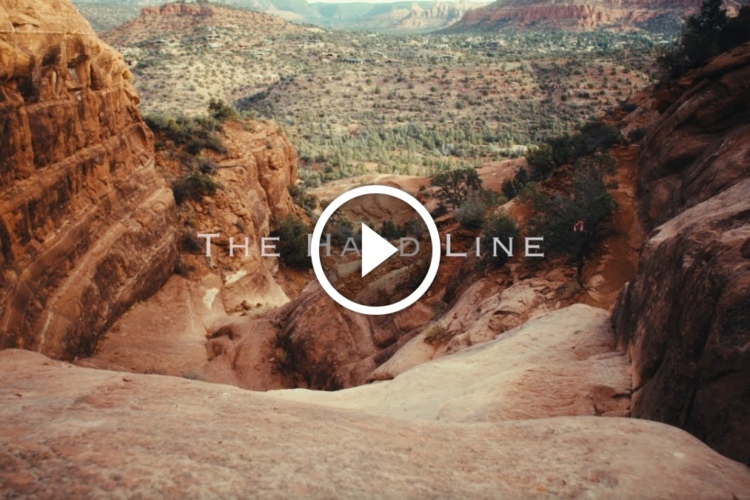
E-bikes may be one of the most divisive topics in the world of mountain biking. Regardless of being pro or anti e-bike, we all have seen e-bikes grow in popularity. Many mountain bikers have added an e-bike to their lineup. Others have found the sport through e-bikes. Despite the boom of e-bike riders, it’s hard to say we’ve see a boom in e-bike trail access.
If you are an e-bike rider, you likely are aware of the limitations. Many trails that fall under agencies such as the U.S. Forest Service (USFS) or Bureau of Land Management (BLM) have very limited access, such as e-bikes only being allowed on roads and even on private land, some landowners don’t allow e-bikes. A recent PeopleForBikes study alludes to the fact that all that may be changing.
E-Bikes
Before we move on, we have to do it. Let’s talk about e-bikes. Love them or hate them, I think we can agree that it doesn’t look like e-bikes are going anywhere. We are talking about an industry that is worth over $5 billion with current trends only projecting growth.
Now, I’m sure this figure reflects all nobby-tire bikes with an electric motor. An Ibis Oso or Specialized Stumpy Turbo Levo are drastically different e-bikes than one purchased from Amazon. But, it is no secret that our beloved, high-end mountain bike manufacturers are jumping onto the e-bike bandwagon. You’d be hard-pressed to find a company without an e-bike nowadays.
Yet, the growing popularity of e-bikes doesn’t mean that mountain bikers like or accept them. This was certainly true a handful of years ago, but there are still holdouts and purists.
And these fears or misconceptions were some of the things that PeopleForBikes are trying to address in this study. Taking on land managers can be a tedious process, but perhaps it was time to actually figure out how “harmful” to the trails these e-bikes really are.
A pilot study from Vermont singletrack
PeopleForBikes teamed up with the Center for Rural Studies (CRS) out of The University of Vermont and a trail organization, Fellowship of the Wheel (FOTW). The purpose of this newly formed alliance was to pilot a study concerning class 1 e-bikes on Vermont trails.
Overall findings from the study were pulled from the results of surveys and focus groups. First, an online survey was administered to residents of Vermont, hoping to gauge initial attitudes on the subject. This survey saw 271 responses. What followed was a survey with 67 participants, conducted at local multi-use trailheads, followed by four separate focus groups. The focus groups consisted of “stakeholders” and had 2-13 participants.
The study not only aimed to analyze the impact of e-bikes on the trails themselves but also looked to address other issues we’ve all considered: overcrowding, perception, safety, access, etiquette, etc.
“Overall, perceptions of eMTB usage were more positive than negative and indicated a general willingness and even motivation to enable further integration of eMTBs into the sport,” reads the bold font under “Key Findings” in the study.
Trail impact
The findings for negative impacts to the trail were very minimal, and not more so than a regular bike. Folks who responded to the survey agreed that riding on a muddy day impacts the trail tremendously more.
Overcrowding
Trails are obviously more impacted the more they are used, so overcrowding was a concern. However, participants in the study didn’t think e-bike users would be responsible for overcrowding more than any other trail user. More people are getting on the trails in general, hiking, running, and mountain biking. Participants in the study felt this was a positive thing.
Etiquette
Participants in the study found that the etiquette of e-bikers is generally positive. They did feel, however, that they were slightly less positive than traditional mountain bikers. It was also noted by participants that positive or negative experiences when it came to something like etiquette was dependent on the individual, not their mode of transportation.
Safety
Safety didn’t seem to be much of a concern for e-bikers. Participants felt that “it comes down to the decisions of the individual rider, regardless of the bike they are on.”
Accessibility
When it came to accessibility, survey and focus group results looked at “accessible” from a couple of lenses. Accessible in terms of cost and accessible in terms of allowing access to riders who couldn’t ride without pedal assist. With these different definitions and perspectives, participants were neutral on e-bikes making the sport more inclusive.
CRS added some suggestions to the study for moving forward with getting e-bikes on singletrack. A major emphasis of their recommendations was getting more information out to further educate land managers on the subject. While people have a clearer idea of what e-bikes are and how they work, CRS recommended further dispelling misperceptions by educating land owners and land managers on what exactly a class 1 e-bike is.

What about land managers?
Not present as a part of the study were any land managers we may think of when considering e-bike usage on public lands. As Singletracks has reported in the past, certain groups have been less than pleased with private meetings between cycling groups and government officials.
The National Parks Service, BLM, and USFS all have policies surrounding e-bike usage on the land they manage. The directives that are currently established give land managers the freedom to make decisions in their local areas of management.
Statements from the USFS boast, “Today, more than 60,000 miles of trails and thousands of miles of roads on national forests and grasslands are currently open to e-bike use.” This 60,000 miles refers to trails that are already designated to allow motorized use.
This doesn’t mean that e-bikes will never be allowed on nonmotorized trails, as the USFS states that it “may consider new opportunities for e-bike use on non-motorized trails.” However, allowing e-bikes access to these trails can change the trail’s status to “motorized,” which brings about a whole different set of concerns.
Seeing a land manager’s logo stamped on this study would have been nice, but this is a start, nonetheless. If nothing else, hopefully, it gets the ball rolling and more people talking.


















10 Comments
May 31, 2023
The bottom line on this topic, IMHO, is going to be the people using the machines, not the machines.
Anyone remember when mtn bike craze started? People had no idea what they were doing on trails, yet here we are today. Remember Skiers vs Snowboards? The list goes on and on with new technology. Even today, I still get stink eye when I give hikers right the of way by pulling to the side to let them pass while I am on my analog MTN Bike.
These things are not going away. Limiting them to areas where they have to compete with actual dirt bikes, quads, side by sides is simply misguided and dangerous for everyone involved. eMTBs have less than 1% the power of an actual dirt bike. There is no comparison between the two.
Everyone should avoid riding on muddy trails regardless of the bike. Riding under those conditions simply destroys the trails. Common sense.
From my perspective, having ridden both of them, eMTBs can be a game changer...especially as I age. They allow me to get further than I normally would with an analog bike and enjoy this sport for years to come.
Being smart about riding them is the key to success. Telling them to go find somewhere else to ride is not the answer.
Jun 1, 2023
Then again, I bike in areas where the hikers yield and we exchange pleasantries.
Jun 1, 2023
The sport has changed a lot since the 80s. We used to just pick our way along on existing trails. Today there are trails on public property that are designed (either officially or by stealthy trail-builders) specifically for MTBs; bank turns, ramps, jumps, etc. Riders shred these trails like bats out of hell. These trails are of no use to anyone else due to their specialized nature and the presence of high speed riders. MTB riding is pretty much a different sport than it was 30 years ago, and this what has created the largest environmental impact. Some eMTB riders use the same trails and their impact is the same as every other rider. Summary: It is the overall sport that potentially degrades the environment.
I'm very happy to see all kinds of riders enjoying themselves in the unpaved world. It's fun and healthy. What a great sport and pastime for everyone!
May 31, 2023
May 31, 2023
“New Study by Catholic Church Finds that Most Parishioners Approve of Catholic Church.”
I have nothing against e-bikes and think they are a net benefit for trails and conservation both. But People for Bikes is the public-relations arm for the e-bikes industry.
:eyeroll:
Jun 2, 2023
May 30, 2023
May 30, 2023
I have spent some time on a ebike riding the same trails as I normally do and from my experience, they cause more damage, how couldn't they? Now get someone with little experience and trail etiquette, and for sure you would see more damage. I can easily see when a ebike has ridden on a trail that I'm riding or hiking on.
Jun 1, 2023
May 30, 2023
Trail damage comes from riding in mud, riding off the trail, or physically changing elements of the trail with tools. None of that is unique to e-bike riders. I believe the areas that studied this (Tahoe for example) didn’t see any substantial trail damage from e-bikes.